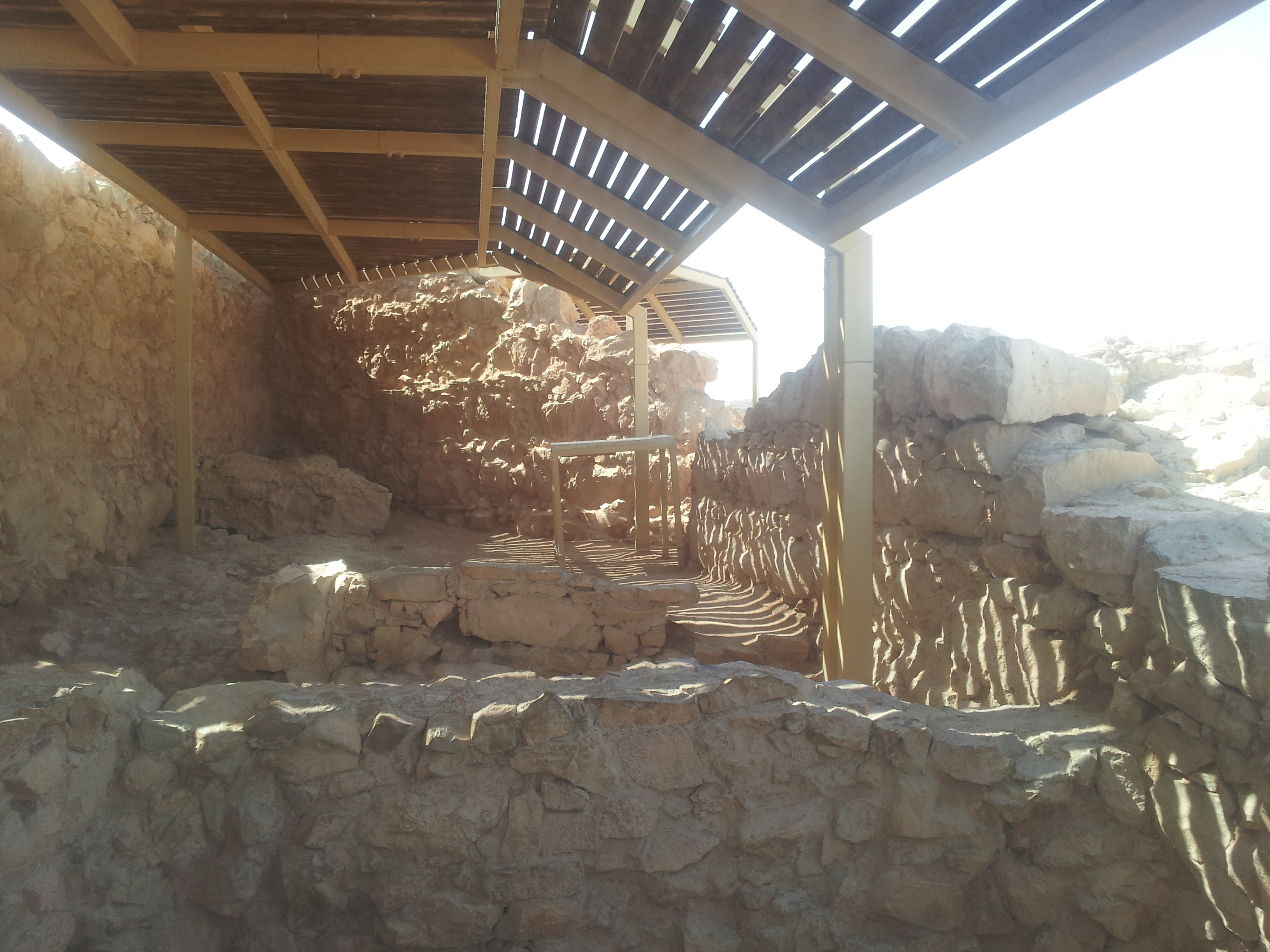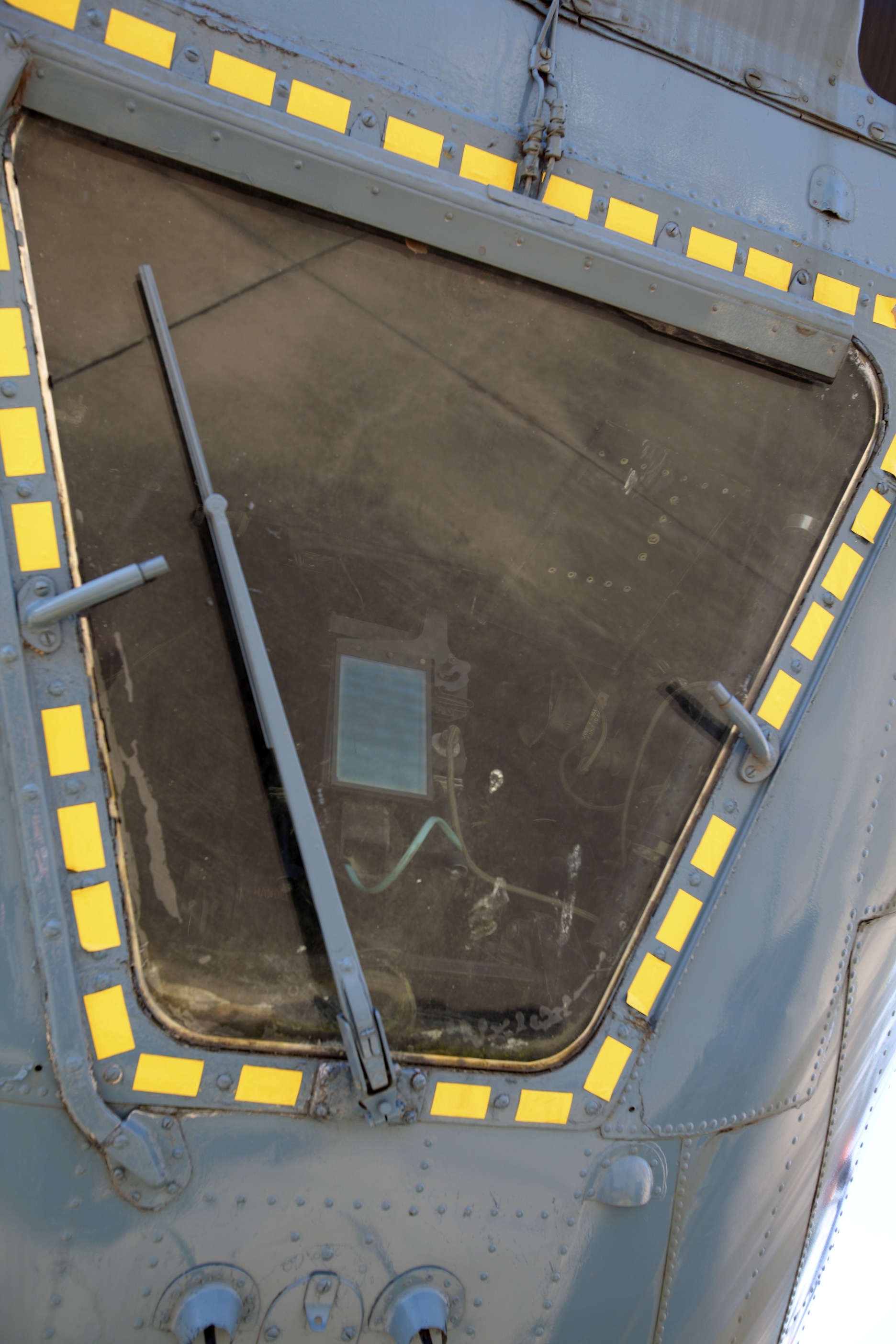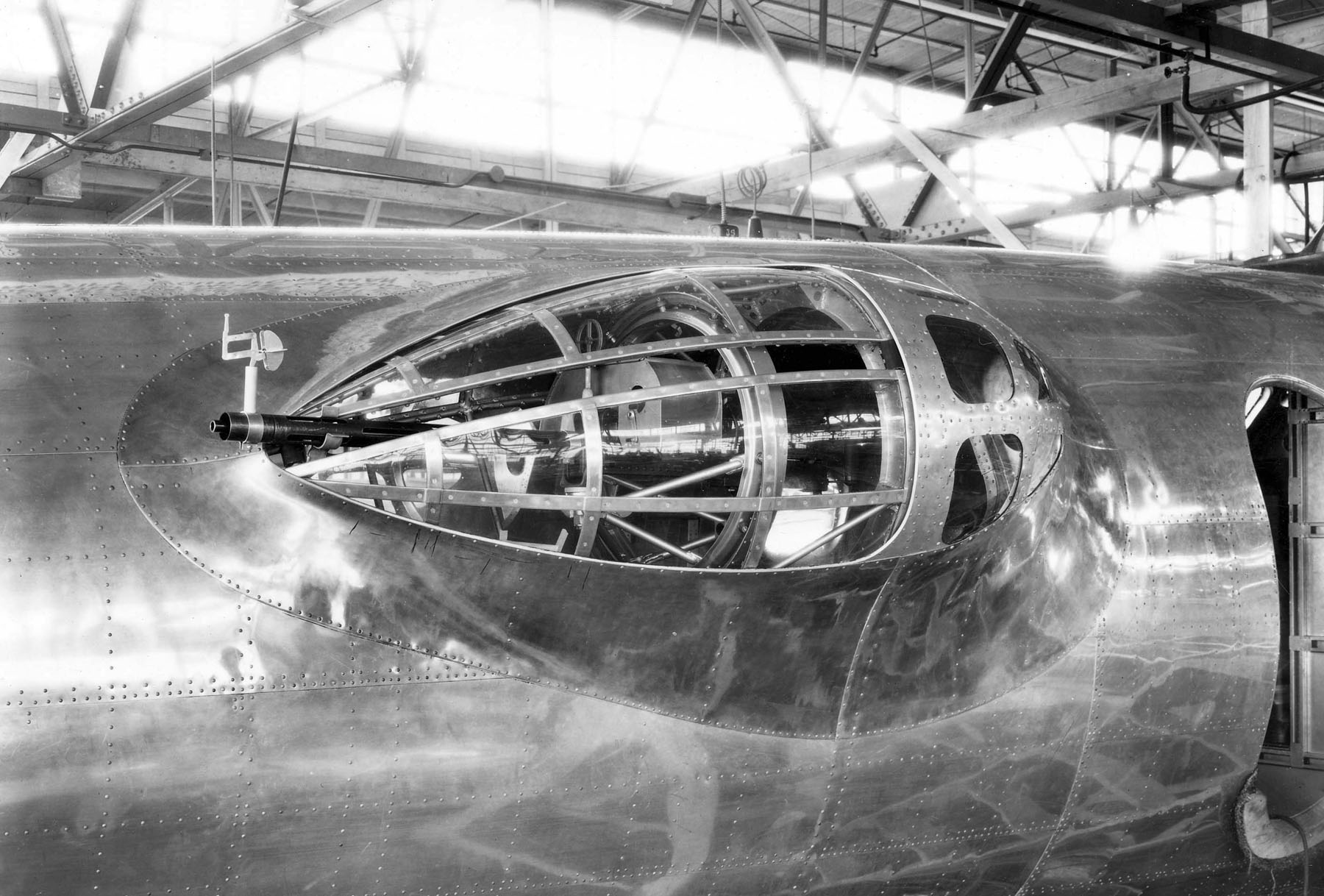|
Gondola (airplane)
A gondola was a ventral casemate-style structure used on many World War II-era military bomber aircraft, especially on German designs, where they were usually known as ''Bodenlafette'', often shortened to ''Bola'' (from German ''Boden'', 'floor', + ''Lafette'' 'gun carriage or mounting', from French ''l'affût'', gun carriage). Gondolas housed either a gunner or a bombardier. Gallery Examples of gondolas on World War II military aircraft: File:Bundesarchiv Bild 101I-385-0587-07, Flugzeug Heinkel He 111 H-Z.jpg, Heinkel He 111H bomber with its ''bola'' gondola just behind the bomb bay File:Bundesarchiv Bild 101I-402-0270-05A, Flugzeug Junkers Ju 88.jpg, Junkers Ju 88A bomber's nose, clearly showing the classic ''bodenlafette'', or ''bola'', undernose form of gondola fitted, in one form or another, to almost all German bomber designs of World War II File:Boeing B-17D at Wright Field.jpg, B-17D Flying Fortress of 1940, having its "bathtub" gondola in virtually the same loca ... [...More Info...] [...Related Items...] OR: [Wikipedia] [Google] [Baidu] |
Casemate
A casemate is a fortified gun emplacement or armoured structure from which guns are fired, in a fortification, warship, or armoured fighting vehicle.Webster's New Collegiate Dictionary When referring to antiquity, the term "casemate wall" means a double city wall with the space between the walls separated into chambers, which could be filled up to better withstand battering rams in case of siege (see .) In its original early modern meaning, the term referred to a vaulted chamber in a fort, which may have been used for storage, accommodation, or artillery which could fire through an opening or embrasure. Although the outward faces of brick or masonry casemates proved vulnerable to advances in artillery performance, the invention of reinforced concrete allowed newer designs to be produced well into the 20th century. With the introduction of ironclad warships, the definition was widened to include a protected space for guns in a ship, either within the hull or in the low ... [...More Info...] [...Related Items...] OR: [Wikipedia] [Google] [Baidu] |
Air Gunner
An air gunner or aerial gunner is a member of a military aircrew who operates flexible-mount or turret-mounted machine guns or autocannons in an aircraft. Modern aircraft weapons are usually operated automatically without the need for a dedicated air gunner, but older generation (World War II and earlier) bombers used to carry up to eight air gunners. Most modern air gunners are helicopter door gunners, who typically have other primary roles such as crew chief or observer in addition to their air gunner role. Others fly as members of aircrews on gunships, where their duties may include loading guns or manually firing them if computer systems fail. A modern gunner can be someone who operates armament on an aircraft besides the pilot An aircraft pilot or aviator is a person who controls the flight of an aircraft by operating its Aircraft flight control system, directional flight controls. Some other aircrew, aircrew members, such as navigators or flight engineers, are ... [...More Info...] [...Related Items...] OR: [Wikipedia] [Google] [Baidu] |
Bombardier (aircrew)
A bombardier or bomb aimer is the crew member of a bomber aircraft responsible for the targeting of aerial bombs. "Bomb aimer" was the preferred term in the military forces of the Commonwealth, while "bombardier" (from the French word for "bomb thrower" and similar in meaning to " grenadier") was the equivalent position in the United States Armed Forces. In many planes, the bombardier took control of the airplane during the bombing run, using a device such as the Norden bombsight which was connected to the autopilot of the plane. Often stationed in the extreme front of the aircraft, on the way to the target and after releasing the bombs, he could also serve as the front gunner in aircraft that had a front turret. In the latter part of the 20th century, the title of bombardier fell into disuse, due largely to changes in technology, emanating from the replacement of this manual function with the development of computerized technology and smart bombs, that has given rise ... [...More Info...] [...Related Items...] OR: [Wikipedia] [Google] [Baidu] |
Heinkel He 111
The Heinkel He 111 is a German airliner and medium bomber designed by Siegfried and Walter Günter at Heinkel Flugzeugwerke in 1934. Through development, it was described as a wolf in sheep's clothing. Due to restrictions placed on Germany after the First World War prohibiting bombers, it was presented solely as a civil airliner, although from conception the design was intended to provide the nascent Luftwaffe with a heavy bomber. Perhaps the best-recognised German bomber of World War II due to the distinctive, extensively glazed "greenhouse" nose of the later versions, the Heinkel He 111 was the most numerous Luftwaffe bomber during the early stages of the war. It fared well until it met serious fighter opposition during the Battle of Britain, when its defensive armament was found to be inadequate. As the war progressed, the He 111 was used in a wide variety of roles on every front in the European theatre. It was used as a strategic bomber during the Battle of Britain, a to ... [...More Info...] [...Related Items...] OR: [Wikipedia] [Google] [Baidu] |
Junkers Ju 88
The Junkers Ju 88 is a twin-engined multirole combat aircraft designed and produced by the German aircraft manufacturer Junkers Aircraft and Motor Works. It was used extensively during the Second World War by the ''Luftwaffe'' and became one of the most versatile combat aircraft of the conflict. The Ju 88 originated from a ''Reichsluftfahrtministerium'' (RLM) requirement issued in 1934 for a new multipurpose aircraft. Junkers was one of several firms to respond, producing two separate design studies that produced both the Ju 85 and Ju 88. The design work was headed by Junkers' chief designer Ernst Zindel. The Ju 88 was envisioned to function as a so-called '' Schnellbomber'' ("fast bomber") that would evade interception by enemy fighters of its era by flying at high speed. On 21 December 1936, the first prototype performed its maiden flight. The performance of the third prototype was highly favourable, resulting in the competing Henschel Hs 127 and Messerschmitt Bf 162 bein ... [...More Info...] [...Related Items...] OR: [Wikipedia] [Google] [Baidu] |
B-17
The Boeing B-17 Flying Fortress is an American four-engined heavy bomber aircraft developed in the 1930s for the United States Army Air Corps (USAAC). A fast and high-flying bomber, the B-17 dropped more bombs than any other aircraft during World War II, used primarily in the European Theater of Operations. It is the third-most produced bomber in history, behind the American four-engined Consolidated B-24 Liberator and the German multirole, twin-engined Junkers Ju 88. The B-17 was also employed in transport, anti-submarine warfare, and search and rescue roles. In a USAAC competition, Boeing's prototype Model 299/XB-17 outperformed two other entries but crashed, losing the initial 200-bomber contract to the Douglas B-18 Bolo. Still, the Air Corps ordered 13 more B-17s for further evaluation, which were introduced into service in 1938. The B-17 evolved through numerous design advances but from its inception, the USAAC (from 1941 the United States Army Air Forces, USAAF) pro ... [...More Info...] [...Related Items...] OR: [Wikipedia] [Google] [Baidu] |
Heinkel He 177
The Heinkel He 177 ''Greif'' (Griffin) was a long-range heavy bomber flown by the ''Luftwaffe'' during World War II. The introduction of the He 177 to combat operations was significantly delayed by problems both with the development of its engines and frequent changes to its intended role. Nevertheless, it was the only long-range, heavy bomber to become operational with the ''Luftwaffe'' during the conflict. The He 177 had Payload#Relationship of range and payload, a payload/range capability similar to that of four-engined heavy bombers used by the Allies in the Western Front (World War II), European theatre. Work on the design began in response to a 1936 requirement known as Bomber A, issued by the Ministry of Aviation (Nazi Germany), ''Reichsluftfahrtministerium'' (RLM) for a purely strategic bomber. Thus, the He 177 was intended originally to be capable of a sustained bombing campaign against Soviet Union, Soviet manufacturing capacity, Ural economic region, dee ... [...More Info...] [...Related Items...] OR: [Wikipedia] [Google] [Baidu] |
Savoia-Marchetti SM
SIAI-Marchetti was an Italian aircraft manufacturer primarily active during the interwar period. History The original company was founded during 1915 as SIAI (''Società Idrovolanti Alta Italia'' – Seaplane Company of Upper Italy). As suggested by its name, the firm initially specialised in the manufacture of seaplanes, the vast majority of which were intended for the Italian armed forces. Perhaps its most prominent early aircraft was the SIAI S.16, a seaplane that had been configured to perform both aerial reconnaissance and bomber roles, but also proved itself quite capable of long-distance flights. During 1925, Italian aviator Francesco de Pinedo of the ''Regia Aeronautica'' (Italian Royal Air Force) used an SIAI S.16''ter'' he named ''Genariello'' for a record-setting flight from Rome to Australia and Tokyo to demonstrate his idea that seaplanes were superior to landplanes for long-distance flights. Having departed Rome on 21 April, Pinedo and his mechanic, Ernesto Campane ... [...More Info...] [...Related Items...] OR: [Wikipedia] [Google] [Baidu] |
Airship
An airship, dirigible balloon or dirigible is a type of aerostat (lighter-than-air) aircraft that can navigate through the air flying powered aircraft, under its own power. Aerostats use buoyancy from a lifting gas that is less dense than the surrounding air to achieve the lift (physics), lift needed to stay airborne. In early dirigibles, the lifting gas used was hydrogen gas, hydrogen, due to its high lifting capacity and ready availability, but the inherent flammability led to several fatal accidents that rendered hydrogen airships obsolete. The alternative lifting gas, helium gas is not flammable, but is rare and relatively expensive. Significant amounts were first discovered in the United States and for a while helium was only available for airship usage in North America. Most airships built since the 1960s have used helium, though some have used thermal airship, hot air. The envelope of an airship may form the gasbag, or it may contain a number of gas-filled cells. An air ... [...More Info...] [...Related Items...] OR: [Wikipedia] [Google] [Baidu] |
Balloon (aircraft)
In aeronautics, a balloon is an unpowered aerostat, which remains aloft or floats due to its buoyancy. A balloon may be free, moving with the wind, or Moored balloon, tethered to a fixed point. It is distinct from an airship, which is a powered aerostat that can propel itself through the air in a controlled manner. Many balloons have a basket, gondola (airship), gondola, or capsule suspended beneath the main envelope for carrying people or equipment (including cameras and telescopes, and flight-control mechanisms). Aerostation Aerostation is an obsolete term referring to ballooning and the construction, operation, and navigation of lighter-than-air vehicles. Tiberius Cavallo's ''The History and Practice of Aerostation'' was published in 1785. Other books were published on the subject including by Thomas Monck Mason, Monck Mason. Dramatist Frederick Pilon wrote a play with aerostation as its title. Principles A balloon is conceptually the simplest of all flying machines. The ... [...More Info...] [...Related Items...] OR: [Wikipedia] [Google] [Baidu] |





